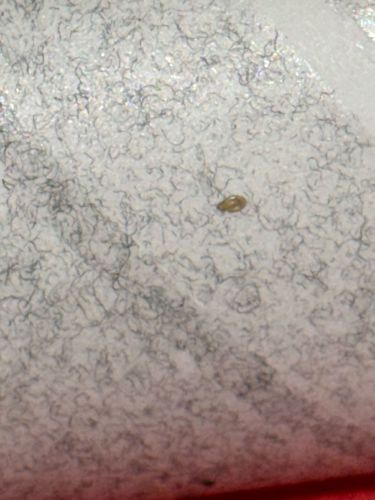Booklouse
Scientific Name: Psocoptera
Order & Family: Psocoptera, various families (e.g., Liposcelididae)
Size: 1-2 mm

Natural Habitat
Booklice prefer damp, warm, and dark environments. They are often found in books, papers, stored food products, wall voids, and other areas with high humidity and mold. Indoors, they thrive in areas with excess moisture such as bathrooms, kitchens, basements, and behind wallpaper.
Diet & Feeding
Booklice feed on mold, mildew, microscopic fungi, starches, glues (common in book bindings), and other organic detritus. They do not bite humans or pets and are not blood feeders.
Behavior Patterns
They are typically slow-moving and often go unnoticed due to their small size. They are active in cluttered, undisturbed areas. Their life cycle includes egg, nymph, and adult stages, with nymphs resembling smaller versions of adults. Some species can reproduce parthenogenetically (without a male).
Risks & Benefits
Booklice are generally harmless to humans, as they do not bite or transmit diseases. However, large infestations can be an annoyance and may cause damage to books, paper products, and food items by consuming mold or directly feeding on starchy materials. Their presence often indicates high humidity and potential mold growth in a building, which can be a health risk for sensitive individuals.
Identified on: 9/21/2025